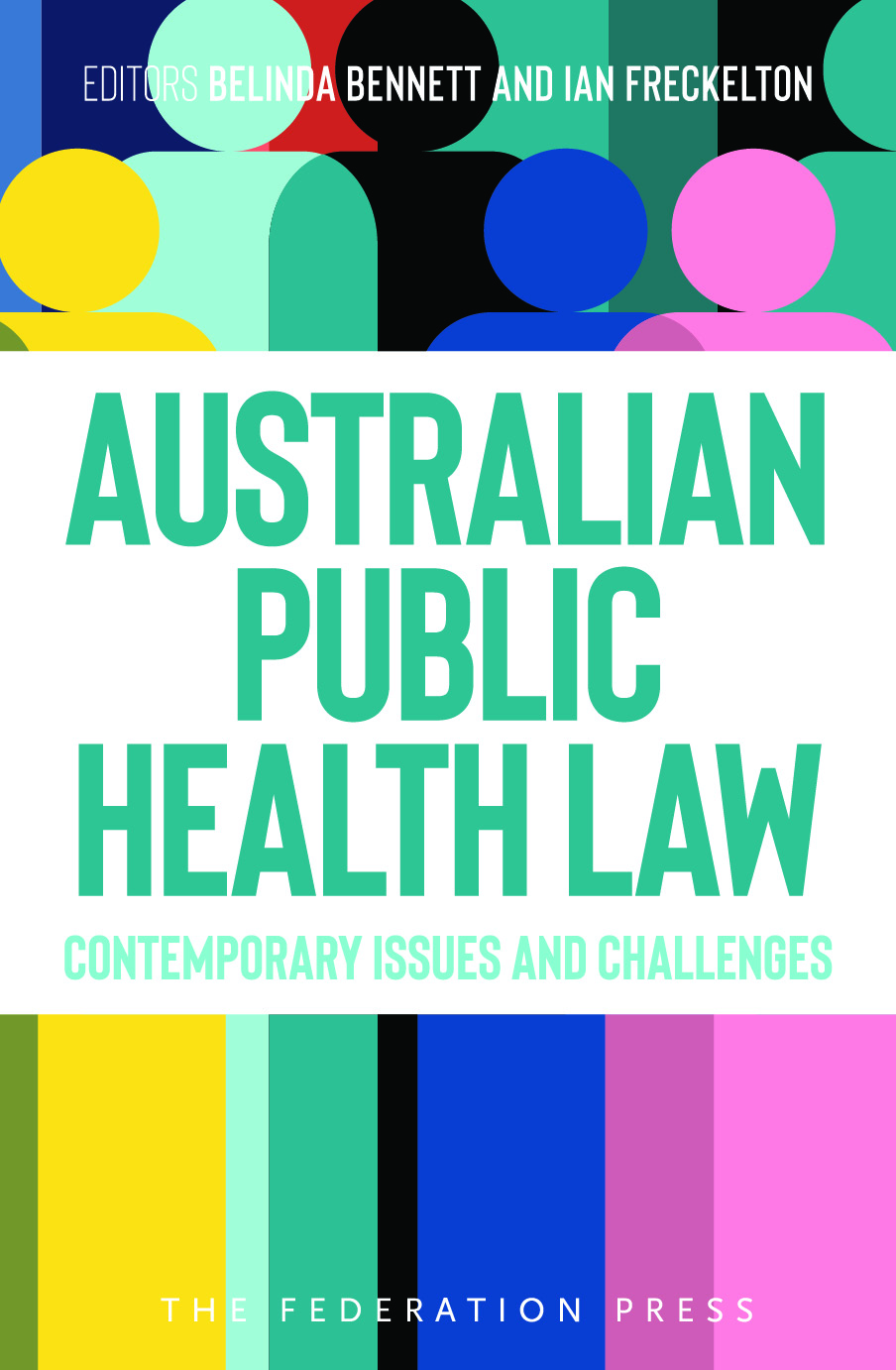Cover image: Fatal accident – Wallabadah showing Quirindi Volunteer Rescue Association and Rural Fire Service officers assisting paramedics at the scene of a motor vehicle crash.
Photo: © Courtesy of The Northern Daily Leader, Tamworth.
Photographer: Barry Smith, The Northern Daily Leader, Tamworth.
The latest edition of this book has been updated to incorporate the latest developments in case law and legislation. To cover all of Australia, the work has been expanded to include the law in Australia’s smallest self-governing territory, Norfolk Island.
For first aiders and paramedics, the discussion on the legal powers granted to paramedics when treating the mentally ill; the patient’s right to refuse treatment and the use of professional training when responding as a volunteer or good Samaritan has been revised and expanded.
The chapter on responding to large scale disasters has been significantly re-written to include a discussion on AIIMS (the Australian Inter-Agency Incident Management System (4th ed, 2013)) and the relationship between AIIMS and state counter disaster or emergency management legislation. Included is a detailed discussion on when control of emergency response can be transferred from the lead agency to a central coordinating committee or to the police. This discussion identifies sources of potential role conflict that may pose a significant threat in the next major catastrophe. There is a new discussion on the role of local government in Australian emergency management and a revised and expanded discussion on the role of the Commonwealth.
The chapter on legal liability reports on the outcome of litigation arising from the catastrophic bushfires in 2001 (Sydney) and 2003 (Canberra). In light of the National Strategy on Disaster Resilience and the concept of shared responsibility for emergency management there is an expanded discussion on how the law allocates responsibility to individuals, communities, workplaces and to the State.
Foreword
Foreword to the Third Edition
Preface
List of Abbreviations
Table of Cases
Table of Statutes
1. Legal Principles
2. First Aid and Prehospital Care
3. Fire Fighting and Rescue
4. Ambulance, Fire and Emergency Services
5. Preparing for and Responding to Complex Emergencies
6. Legal Liability
7. Driving Emergency Vehicles
8. Compensation for Rescuers
9. Conclusion
Appendix – Ready Reference: Powers of Emergency Officers
Index
Reviews of previous editions:
As a handbook for those involved in planning for and responding to emergencies, the book sets out the law in a clear and concise way, as well as the rights and obligations of those who provide emergency care to the sick or injured, be they professionally trained volunteers or strangers who stop to help. …
Emergency Law is an essential text for anyone entering the emergency services, be they paid or volunteer, and for students or even lawyers as a useful reference. The presentation is straightforward and easy to follow.
Law Institute Journal Victoria, Vol 79(10), October 2005
This book tries to deal with people at the coal face, those who face emergency situations and do not have the opportunity of seeking Counsel’s advice as to what they should do, but act in haste, in the interests of saving lives.
I again recommend this book to such people and would hope that as part of their training, they are urged to read it and are examined on its content because it really goes a long way to explain our legal system, and its attitude to “rescuers”.
The book also spells out the various State Acts that control powers that are available in emergency situations. We hear at times, that a state of emergency or a state of disaster has been declared but by reading this book, we may learn just what this term means for us and for those who gain the right to exercise emergency powers in times of crisis etc.
BJM, Tasmanian Law Society Newsletter
Emergency Law is an essential text for anyone entering the emergency services. Our students are variously employed in the police force, ambulance, fire services, military and SES. We need to ensure they know their way around the law and not only that, that they have a reference for the future.
Valerie Ingham, Lecturer in Emergency Management, Charles Sturt University
… reference and a guide to read from cover to cover. As a volunteer with the State Emergency Service, an employee of St John Ambulance and also a first aider, I found the book to be an interesting and informative read. … If you are a volunteer, manager of volunteers, or person looking for an introduction into this field, I recommend that you read ‘Emergency Law’. It is an easy yet comprehensive read and summarises the obligations, powers, and legal groundings for these, for volunteers in a straightforward manner.
Connexion (Volunteer Australia) June 2002
… should be obligatory reading for emergency readers be they paid or volunteer.
Fire Australia
… a collation of Australian emergency law which, rather than avoiding the curly questions, such as whether or not one is obliged to give aid and the consequences if one does, answers them conveniently and without flinching at all.
Brief, Law Society of WA
It’s a delight to read a book which deals so clearly with important legal concepts such as consent, assault, trespass, duty of care, proximity, negligence, good faith actions, and liability exclusion clauses. The presentation is straightforward, easy to follow, and much helped by the use of examples to which readers can readily relate. Anyone working in the emergency field, be they professional or volunteer, will be able to grasp why it’s safe in Australia to be a reasonable rescuer. … Michael Eburn has done rather more than just meet the need to reassure those in the field. He covers legislation right around Australia and court decisions both here and abroad. That makes his book a useful reference for policy and law makers.
Hugh Selby, Law Society Journal







